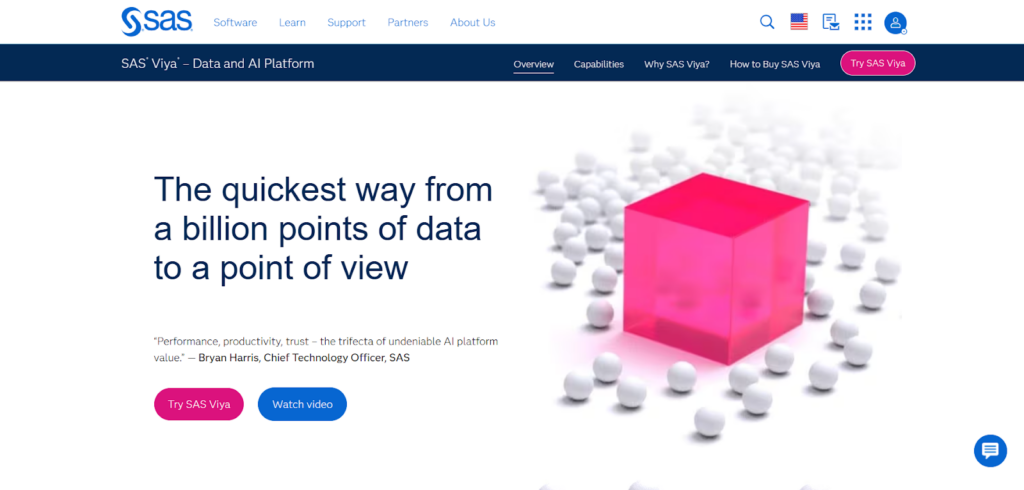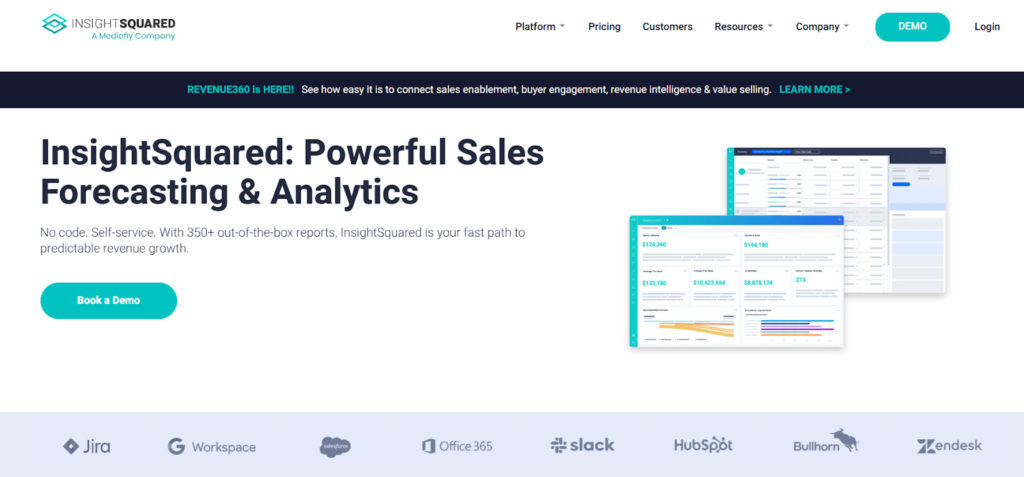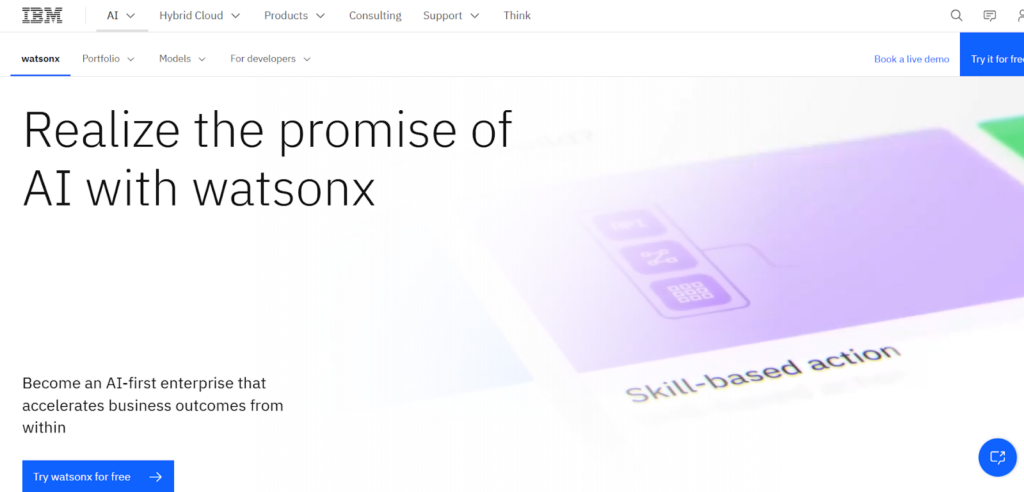Big Data for Small Business: Benefits, Tools, and Strategies
By Alex Carter on October 25, 2024
Big data isn’t just for large businesses. Data analytics may help small firms make better decisions, be more efficient, and grow. They may use the correct technologies to monitor consumer behavior, market trends, and operations to save costs, increase sales, and remain competitive. Even with limited resources, small firms may utilize big data to better their everyday operations and identify opportunities for growth.
Big data can play a crucial role in helping small businesses avoid common pitfalls that hinder growth. To understand more about the top reasons businesses fail and how data-driven strategies can help prevent them, check out this resource.
What is Big Data?
Big data is the huge amount of information that businesses create every day. It comes in two types: structured and unstructured data. Structured data is neatly organized in databases, making it easy to search and analyze. Unstructured data, like emails, social media posts, and videos, is more scattered and harder to sort through. Still, both types can give businesses valuable insights and help them make smarter decisions.
In the past, unstructured data was often ignored because there weren’t good tools to analyze it. But today, thanks to machine learning (ML) and artificial intelligence (AI), businesses can process this data to spot patterns, predict future trends, improve operations, and fine-tune their marketing strategies.
Getting Started with Big Data for Small Businesses
Big data might seem overwhelming, but with the right tools, small businesses can use it to reach their goals more effectively. If you haven’t started yet, now’s the perfect time. Here’s a simple way to begin:
- Research Your Options: Not all big data tools are the same. Take some time to explore different options and figure out which ones best fit your business needs. Make a shortlist of three or four tools that seem like a good match;
- Try Free Trials or Demos: Most big data tools offer free trials or demos. Use these to see how each tool works and if it fits well with your business processes. Testing a few options will help you choose the right one;
- Choose the Best Tool: After trying out different tools, pick the one that works best for your business. Keep in mind that your needs might change over time, so it’s a good idea to review your choice regularly to make sure it still meets your goals.
By following these simple steps, you can start using big data to make better decisions, improve efficiency, and grow your business.
Essential Big Data Tools for Small Businesses
To make the most of big data, small businesses need tools that are simple, efficient, and cost-effective. Here are some examples:
Data Integration Tools
Small firms frequently store data on many platforms. Data integration technologies consolidate these sources, including CRM systems, marketing platforms, website analytics, and sales data, into a single location. This makes it easy to access and examine all of the data simultaneously.
Data Preparation Tools
Preparing data for analysis can be time-consuming. Data preparation tools make this process easier by assisting with activities like reformatting, mistake correction, and data merging. This allows firms to spend more time evaluating data rather than organizing it.
Data Quality Tools
Not all info is accurate or comprehensive. Data quality technologies make data more reliable by eliminating duplicates, verifying information, and standardizing formats. This guarantees that organizations use clean, consistent data to make decisions.
Data Governance Tools
Data governance is the process of regulating the availability, security, and quality of data. These technologies assist small enterprises in maintaining accurate and secure data while remaining user-friendly. Good data governance improves decision-making and lowers the likelihood of mistakes.
Implementing Big Data Analytics in Small Businesses
Big data analytics may help small businesses make better decisions, improve customer experiences, and simplify operations. Here is how to start:
Develop a Big Data Strategy
Begin by selecting the precise data you want to evaluate and developing a clear strategy for gathering high-quality data. Concentrate on how the data may help you save money, spend more efficiently, or generate more income. Prioritize data that provides insights into client behaviors, since knowing your customer base frequently provides the greatest immediate benefit.
Identify Reliable Data Sources
Many small businesses already have valuable data without even realizing it. Identify all potential data sources within your operations, including:
- Email marketing reports;
- Sales transactions and receipts;
- Social media engagement data;
- Website analytics;
- Customer relationship management (CRM) data;
- Data from connected devices (Internet of Things);
- Publicly available data sets;
- Supplier and vendor information;
- Data lakes or other external databases.
Ask the Right Questions
Beyond surface-level analytics, you may gain valuable information. Instead than just measuring sales or client retention rates, ask more specific questions like this:
- Which suppliers provide the best value?
- Which products require improvement?
- How do specific customer behaviors impact sales trends?
Digging into these details can highlight operational gaps and opportunities for growth.
Choose How to Store and Manage Data
Decide on a system for accessing, managing, and storing your data. Options include:
- On-site data warehouses;
- Cloud-based storage solutions;
- Data lakes for unstructured data;
- Data pipelines or platforms like Hadoop for larger data sets.
Consider your budget, data volume, and security needs when selecting a storage method.
Analyze Your Data Effectively
Big data requires thoughtful analysis to extract useful insights. Follow these best practices:
- Hire a Data Expert: A data specialist can perform deeper analysis, spot trends, and explain key patterns. If a full-time hire isn’t possible, consider a freelance consultant;
- Plan for the Future: Go beyond current data. Use predictive and prescriptive analytics to anticipate trends and shape long-term strategies;
- Use Real-Time Dashboards: Access up-to-date data through executive dashboards without relying on IT support. View data from multiple sources on any device for faster decisions;
- Use All Available Data: Small businesses can combine internal data from spreadsheets, CRMs, and sales reports with external sources and tools like Google Analytics for more comprehensive insights.
Explore Third-Party Data Analysis Solutions
Analyzing large data sets can be complex, but small businesses don’t need to handle it alone. Several third-party solutions offer user-friendly platforms that simplify big data analysis:

SAS Viya: Developed by the SAS Institute, this software package enables firms to manage, retrieve, and analyze data from a variety of sources, including online traffic, social media, and marketing analytics. It performs statistical analysis to deliver useful consumer insights geared to small and medium-sized enterprises.

Kissmetrics: Measures and analyzes consumer behavior to assist organizations in increasing their marketing ROI. These insights improve your ability to comprehend, segment, and engage with your target audience.

InsightSquared: This platform is compatible with popular business applications including Salesforce, Google Analytics, QuickBooks, and Zendesk. It automatically collects data and produces meaningful insights for marketing, staffing, and sales activities.

Watsonx from IBM: Watsonx provides predictive analytics for company owners without data science experience. The platform uses data from departments such as sales, finance, marketing, and human resources to identify patterns and possible concerns, allowing small firms to make data-driven choices.
Present Your Data Clearly
Once the data has been examined, it is critical to present it in a way that makes the findings easy to interpret. Effective data presentation enables your team to make educated decisions based on their findings.
While Microsoft Excel and PowerPoint may help with basic data visualization, they do have limits. Many big data systems provide built-in reporting tools that produce clearer, more informative insights. Alternatively, interactive executive dashboards give dynamic, real-time data displays that team members may readily grasp, regardless of their technical background.
Apply Data-Driven Insights to Business Decisions
The value of large data is in its application. Analyzing and presenting data is only valuable if the findings inform business choices. At times, the data may question existing methods or management’s intuition. Regardless, it is critical to trust the data, since it frequently exposes trends and possibilities that are not immediately apparent.
Why Big Data Matters for Small Businesses
Big data isn’t just for large corporations—small businesses can also use it to improve operations, boost sales, and make smarter decisions. Here’s how big data supports small business growth:
- Reducing Costs: Big data helps identify inefficiencies, leading to cost-saving changes;
- Increasing Sales and Revenue: By analyzing customer preferences and buying habits, small businesses can tailor products and services to better meet customer needs, leading to higher sales and revenue;
- Smarter Pricing Decisions: Big data tools help businesses analyze finances and compare prices with competitors, making it easier to adjust pricing strategies for better profitability;
- Competitive Advantage: Understanding customer trends allows small businesses to personalize offerings and stand out from competitors;
- Faster Decision-Making: Social media mining helps small businesses track customer interests and buying behaviors. Automated tools simplify this process, leading to more effective marketing and quicker decisions, even with limited resources.
Conclusion
Big data enables small firms to make better decisions, manage operations, and drive growth. With the correct tools, companies can use current data to save expenses, increase sales, and remain competitive. It enables smarter pricing, improved consumer interaction, and more efficient procedures. While getting started may appear daunting, combining accessible tools and a defined approach makes data analytics manageable and beneficial for long-term success.
Posted in blog, E-commerce
Alex Carter
Alex Carter is a cybersecurity enthusiast and tech writer with a passion for online privacy, website performance, and digital security. With years of experience in web monitoring and threat prevention, Alex simplifies complex topics to help businesses and developers safeguard their online presence. When not exploring the latest in cybersecurity, Alex enjoys testing new tech tools and sharing insights on best practices for a secure web.
